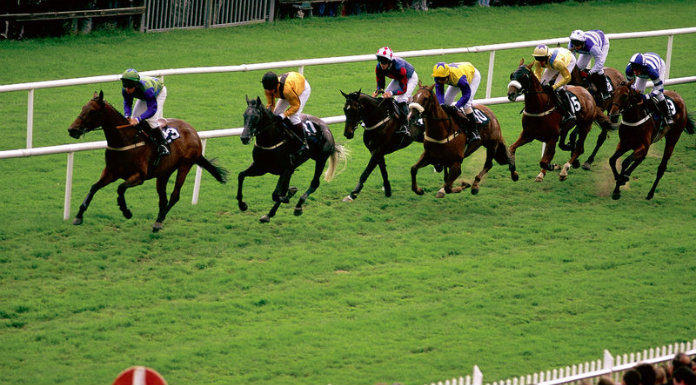Clare native Ger Hannon, National Hunt breeder and Point-to-Point commentator is among those welcoming a new report, based on research carried out by Deloitte, leading advisors to the sports business market, for Horse Racing Ireland (HRI).
Ireland’s thoroughbred horse racing sector shows sustained growth across multiple measures.
The sector, including breeding, training, racing, and ancillary activities, delivered €2.46bn to the economy in direct and stimulated expenditure in 2022, up 34% from 2016, and supports a total of 30,350 jobs, an increase of 1,450 in that same period.
With the breeding sector generating revenues of €819m, €264m spent by owners in training and running their horses, and €193m through racegoer spending both on and off course, the sector is providing economic stimulus across the country. Testament to Ireland’s outstanding reputation as a location for breeding and racing is the country’s 2022 position as the second largest territory by value for global public bloodstock sales. With €538m in sales achieved last year, Ireland is second only to the USA.
The attraction of horse racing is also evidenced by attendances at racecourses around the country. Looking at festival attendance in isolation, the top attended festivals in 2022 attracted a combined attendance figure of over half a million people.
The number of owners and horses in training also shows significant resilience. In 2022 there were 4,757 active owner accounts in Ireland, a significant increase from the 2016 figure of 3,663. Deloitte research shows that the active owner accounts in 2022 represented 13,592 individuals and 10,208 horses that were registered in training during the year.
Commenting on the economic impact of breeding and racing in County Clare, Ger Hannon from Ralahine Stud in Newmarket-on-Fergus, said: “I am a farmer and a horse producer and run Ralahine Stud. We have about 20 National Hunt horses along with 250 cattle. We find they mix well; we are based on the Shannon estuary, and we find that our land is very good limestone land and very good for producing horses.
“Point-to-Pointing is just a massive industry, and the Point-to-Point sales last year were over €50 million. Clare is home to Point-to-Points in Bellharbour and Quakerstown – I’m involved in running Point-to-Points and you see how much money that generates for County Clare on a day. You’ve got the petrol stations, the restaurants, the fast-food outlets – all the money it brings to the locality. Clare has a great horse tradition, especially where we are based. Newmarket-on-Fergus is only a small town, but seven Gold Cup horses have come out of the town.”
Suzanne Eade, CEO of HRI, commented: “The figures from the research carried out by Deloitte on behalf of HRI demonstrate the significance of racing and breeding to the rural economy and is testament to decades of consistent Government support.
“Behind the significant economic impact and our global reputation is a hugely skilled workforce, dedicated to the horses in their care. Our industry supports in excess of 30,000 FTEs, 9,400 of those in the core industry, making their living as a direct or indirect result from the racing and breeding industry.
“Racing has a huge impact on the rural economy, none more so than County Clare. A county with a rich breeding and racing tradition – there are 102 registered breeders and 14 licensed trainers, along with two hugely popular Point-to-Point tracks at Bellharbour and Quakerstown, which have significant economic and social benefits for the local area.
“We are acutely aware that racing and breeding is a very competitive and mobile industry. We will continue to work with Government and all stakeholders to maintain our competitive advantage and Ireland’s reputation as global leaders at breeding and training racehorses.”





